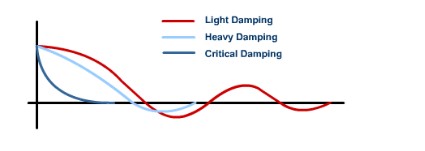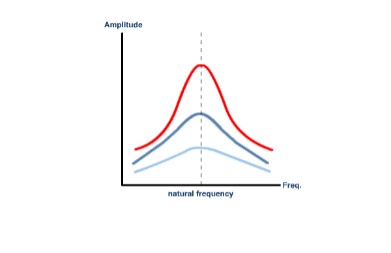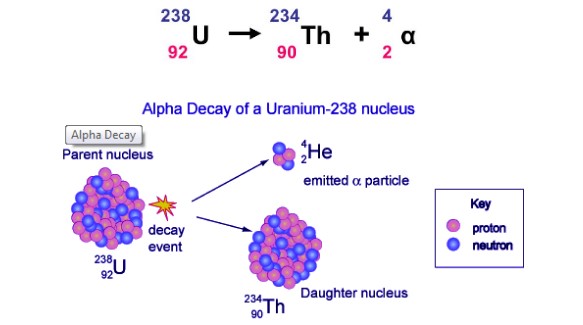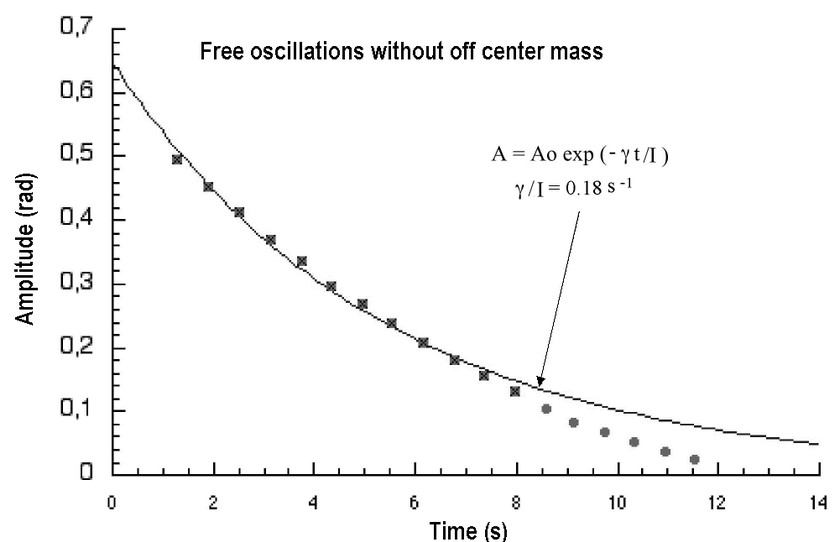What Is Damped Oscillation?
The movement that takes place in the back and forth patterns in a regular interval of time is known as oscillation. Example: movement of the pendulum, spring action and many more. When the resistance is offered to the oscillation, which reduces the speed of the oscillation is called damped oscillation. The higher the damping, the faster the oscillations will reduce in size.
Damped oscillation fades with time, means the amplitude of oscillation reduces with time. Reduction in amplitude is a result of energy loss from the system in overcomings of external forces like friction or resistance from air and other resistive forces. Thus, with the decrease in amplitude, the energy of the system also keeps diminishing. There are two types of damping oscillations.
- Natural Damping
- Artificial Damping
Critical damping is the force required to make the oscillations stop in the shortest time without advancing the past equilibrium position.
Damping of free vibrations

Damping of forced vibrations

Now let’s know about alpha decay
Radioactive Phenomena – Alpha Decay
Alpha decay is a type of instantaneous radioactive decay in which an atomic nucleus emits an alpha particle and decays into a different atomic nucleus, with a change in mass number and atomic number ie., mass number is reduced by four and an atomic number that is reduced by two. Positive helium nuclei are referred to as alpha particles.
Alpha Decay Formula
Generalizing the alpha decay process and its outcome, the process can be put into the equation by

Where,
X = parent nucleus
Y= daughter nucleus
alpha = emitted alpha particle in the reaction
For example,
Alpha decay of Uranium 238 is as shown below.
Uranium 238 decays into Thorium 234 with the emission of an alpha particle is given as

Example 2:
Let us know the radioactive decay of thorium-232 is as shown below:

On radioactive decay of thorium-232, it decays into Radium-228 and He (alpha particle)
For more information on radioactive decay, alpha decay and Damped oscillation, stay tuned with BYJU’S!! Students can refer and subscribe to our BYJU’S YouTube Channel to know more.
